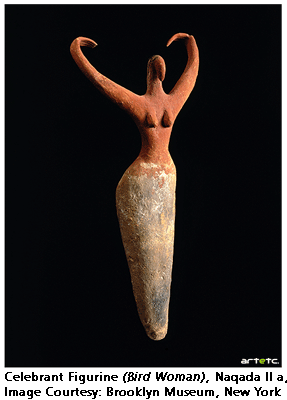- Publisher's Note
- Editorial
- Jogen Chowdhury: Maestro par Excellence
- Company School Paintings of Calcutta, Murshidabad, Patna (1750-1850): Doctoral Thesis of Late Dipak Bhattacharya (1960-2007)
- Kalighat Pat, a Protomodern Art Tradition?
- Academic Naturalism in Art of Bengal: The First Phase of Modernity
- Under the Banyan Tree - The Woodcut Prints of 19th Century Calcutta
- The Arabian Nights and the Web of Stories
- Gaganendranath Tagore's Satirical Drawings and Caricatures
- Gaganendranath's Moments with Cubism: Anxiety of Influence
- Abanindranath as Teacher: Many Moods, Some Recollections
- Atul Bose: A Short Evaluation
- J.P. Gangooly: Landscapes on Canvas
- Defined by Absence: Hemen Majumdar's Women
- Indra Dugar: A Profile of a Painter
- The Discreet Charm of Fluid Lines!
- Delightful Dots and Dazzling Environments: Kusama's Obsessive Neurosis
- Peaceful be Your Return O Lovely Bird, from Warm Lands Back to My Window
- Shunya: A Beginning from a Point of Neutrality
- The Tagore Phenomenon, Revisited
- The Bowl, Flat and Dynamic Architecture of the BMW Museum
- Baccarat Paperweights: Handmade to Perfection
- Byzantium and Islam: Age of Transition at the Metropolitan Museum of Art
- Outstanding Egyptian Art at the Metropolitan Museum of Art
- Retrospective of Wu Guanzhong at the Asia Society Museum
- Masterpieces from India's Late Mughal Period at the Asia Society Museum
- The Dhaka Art Summit: Emergence of Experimental Art Forms
- Many Moods of Eberhard Havekost
- Random Strokes
- Is it Putin or the Whole Russian State?
- The Onus Lies With Young India
- What Happened and What's Forthcoming
- Preview May, 2012 – June, 2012
- In the News, May 2012
- Art Events Kolkata, April – May 2012
- Mumbai Art Sighting
- Delhi Dias
- Art Bengaluru
- Musings from Chennai
- Cover
ART news & views
Outstanding Egyptian Art at the Metropolitan Museum of Art
Issue No: 29 Month: 6 Year: 2012
New York. The exhibition The Dawn of Egyptian Art is featuring about 180 examples of the very earliest works of Egyptian art created in the Predynastic and Early Dynastic periods, around 4400 B.C.-2649 B.C. from throughout Egypt. The show opened on April 10, 2012 and will continue till August 5, 2012, at the Metropolitan Museum of Art. Exceptional examples of sculpture, painting and relief from the collections of the Metropolitan and 12 other museums in the United States and Europe have been assembled for this show.
People who are familiar with the appearance of hieroglyphs and other later Egyptian artistic expressions will be surprised by these early works, which are very different in scale, style, and subject matter. However, if one looks closely at this early art, one can already detect the origins of certain signs in later hieroglyphic writing and of some symbols and concepts associated with ancient Egyptian rulers and the gods. The Predynastic and Early Dynastic period was a time of great creativity, before the 'typically Egyptian' forms were accepted. Yet, because of the rarity of these objects and lack of inscriptions, one cannot always explain what they meant to the early Egyptians.
The exhibition includes depictions of landscapes painted on vessels, objects in the form of different animals - grouped by habitat (river, air or desert)and humans. Certain groupings also reflect the important themes of fertility and renewal, and chaos versus order.

Animals occur commonly in early Egyptian art, and the exhibition is particularly rich in images of hippos and crocodiles, turtles, and fish; antelopes, cattle, elephants, baboons, lions, jackals and dogs; ostriches, ducks and falcons; scorpions and snakes. Possibly because of certain attributions or characteristics, some animals grew in importance during this period, and they carried forward as symbols in later Egyptian culture, while others disappeared.

Representation of humans are of two types: realistic figurines in bone or ivory that depict the entire human body; and abstracted forms in clay, mud, ivory, or stone in which the figures often lack arms, have missing or poorly formed legs, or have beak-like faces that emphasize the nose. All figurines have attributes that identify their gender clearly. Evidence indicates that some figurines were made to represent a specific activity and that their position in tombs was not arbitrary.
The exhibition is being organized by Diana Craig Patch and made possible by Dorothy and Lewis B. Cullman.